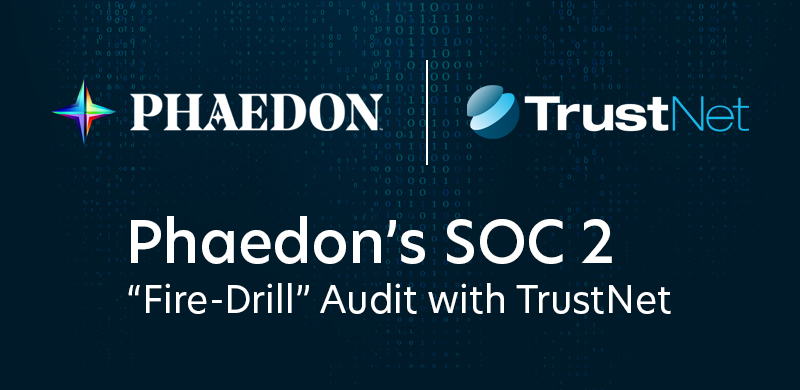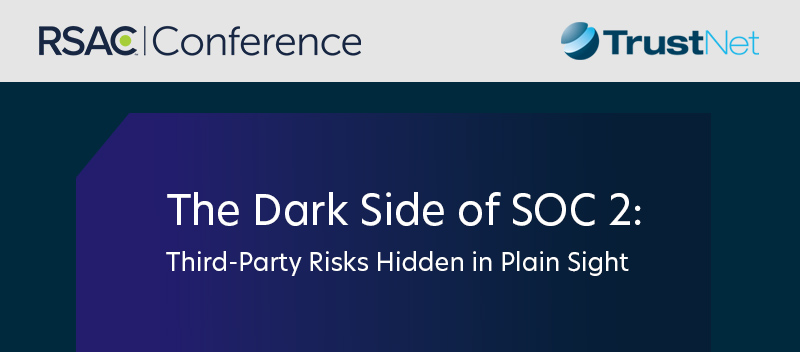
Any management or human resource professional knows that standards and practices can never be truly implemented and enforced unless and until they are thoroughly documented. As you might imagine, this maxim also holds true when it comes to protecting your network, technology and data systems from cyber threats and in planning for the most timely, efficient and effective response should one of these events occur.
What is a Security Program?
A fully realized information security program is a document that outlines all of your organization’s security guidelines, policies and procedures, practices and controls. The objective of this information security program is to furnish all stakeholders and members of your IT group with a straightforward road map of resources and a plan of action should your company experience a cybersecurity breach. Without this document, it is very likely that critical elements could fall through the cracks.
Information Security Programs and Data Protection
Whether your organization is in the business of storing or transmitting financial or client data for your customers or if you only are concerned with your own information, its integrity, confidentiality and availability must be paramount. With threat actors on a constant search for vulnerabilities that they can exploit in order to steal or alter this information, implementing a rock-solid IT security program is not a task that can be put on the back burner. Your team needs to focus on it right now.
Laying the Groundwork For an Effective Network Security Program
In order to move forward with security documentation, you must have a thorough understanding of your business’s goals and objectives by laying a strong security foundation. Its components should include the following:
- Set forth all of your current policies, standards and documentation as a benchmark against which you can measure future activity.
- Implement modifications and measure against the original benchmarks.
- Relay documented results of your measurements to the managers and stakeholders charged with making security-related decisions.
- Execute the changes that have been ordered by the people in key decision-making roles. Conduct training to specific staff on new solutions, and regularly audit your progress.
Importance of Information Security Components
Since industries and business types vary widely, it is impossible to describe a one-size-fits-all list of the particular components necessary for a company’s information security program. However, there are several common elements:
- Framework. This is the foundation of regulatory requirements, best practices and industry certifications that you must abide by in your particular business sector. PCI-DSS, NIST and HIPAA are just some of the compliance standards that might apply to you.
- Charter. This document has been approved by company leadership and describes the mandate, mission and scope of your security program as it relates to the company’s services, processes and business objectives.
- Policies. These strong guidelines clearly define how your team and your company as a whole will address all security issues, including monitoring, detection, isolation and mitigation of threats as well as standards for staff and third-party computer, network and mobile device usage.
- Processes. This combination of tools, procedures, practices, rules and stakeholder roles and responsibilities represents the way your company will go about effectively and efficiently implementing your information technology security program.
- Measurement. This is the series of tests and assessment tools that you will use to learn whether your security program is meeting its objectives. Once you figure out where it falls short, you can work to plug the leaks and minimize the vulnerabilities.
If your enterprise is to remain strong, dynamic and competitive, it must be protected against cyber disaster with a robust information security program. This resource document will prove invaluable as you and your IT group continue to address the constantly evolving attack vectors that threaten your network every day. Considering how precious your data is, you cannot afford to compromise on this crucial document.




